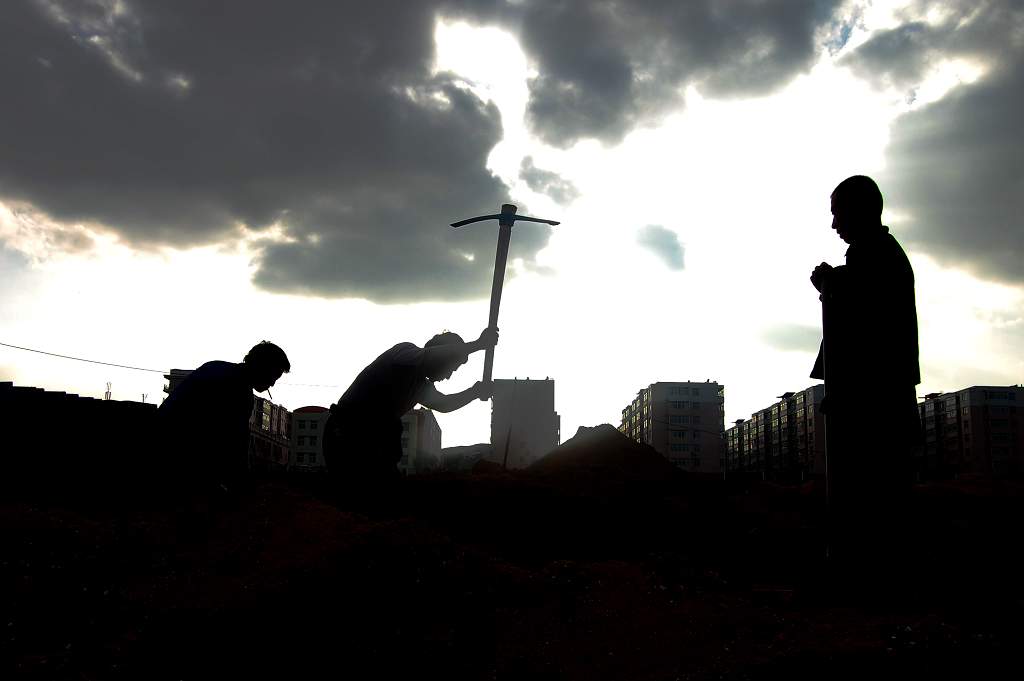Remittances, or money sent home by migrants working outside their country of origin, totalled nearly $580 billion in 2014. For many developing economies, remittances have out-paced Official Development Assistance (ODA) and Foreign Direct Investment (FDI) as the largest source of currency in-flow. Citizens rely on foreign remittances to support their families, make housing payments, and sustain domestic consumption. Governments benefit from this exchange by receiving taxable income and tax from consumer goods purchased with these remittances.
Russia is one of the largest suppliers of remittances in the world. Foreign labor, working in construction, natural resource extraction and other low-income industries, is a key cohort in Russia’s labor force. But with the economic stress brought on by Western sanctions over its involvement in Ukraine and the falling price of oil and gas, Russia’s currency; the ruble is falling. Posting a recession for the better part of 2015 – about 3.7% negative growth, the value of these all-important remittances is sinking.
The economies of Central Asia – the so-called ‘stans’ are especially dependent on this liquid form of income. Kazakhstan, Kyrgyzstan, Tajikistan and Uzbekistan are all heavily reliant upon the revenue remittances bring back into their economies, and while these countries have reduced their dependence on Moscow since the fall of the Soviet Union, Russia remains far and away their largest benefactor.
Remittances are crucial to the local economy. In Kyrgyzstan remittances account for nearly 30% of Gross Domestic Product (GDP). In the most remittance-dependent nation on earth, Tajikistan, nearly 49% of GDP is based on foreign remittances sent back to the country. Four in ten adult males, making up a large portion of the country’s eligible labor force, choose to seek work abroad. With a depreciating Russian ruble, the purchasing power of these all-important remittances earned abroad crumbled in 2015. The World Bank estimates that purchasing power between the Central Asian ‘stans’ dropped on average by 10% in 2015 as a result of the poor conversion rate.
The lower value of remittances will also inevitably slow growth and stifle opportunities for economic diversification. Economic planning in Central Asia shows a tendency to focus on keeping remittance-based income steady, even if less valuable, when times are tough rather than seek to diversify income and the economy. This over-sensitive mentality will invariably lead to a cyclical continuation of over-dependence on remittance-based income. While the slowing economy will depress Russia’s demand for Central Asian migrant labor, China seems poised to spring into the region via a long-term infrastructure project.

Chinese Interest
Emerging Chinese interest in Russia’s backyard may also have a significant impact upon the state of remittances in the region. Shifting investment priorities for China mean greater investment in Central Asia. China has overtaken Russia to become the largest capital lender and trading partner in the region. Beijing’s $100-billion Asian Infrastructure Investment Bank seeks to fund China’s rise in political and economic influence in the region. China’s ambitious so-called ‘Silk Road’ Infrastructure plan hopes to increase the production of oil and natural gas in the region and deliver it to Chinese consumers in the hopes of lessening the countries dependency on Russian natural gas imports.
These developments may change the way migrants think about where they work abroad. On one hand, with new investment in the region, many migrants may return home to seek work off the back of Beijing’s promised investment. On the other, reduced migrant labor in Russia may stifle growth or lead to a labor shortage. While it is unlikely that migrant workers will turn away from Moscow in favor of Beijing, the impact of new development, investment and infrastructure projects in coming years may have significant impact upon these crucial remittances. Remittances will rebound throughout much of 2016 and are projected to grow into the later half of the decade. Governments and businesses across Russia, China, and Central Asia should develop local and national strategies of incorporating labor reliant on remittance-based income into development schemes across the region. The possibility of attracting vast numbers of mobile labor could pay large dividends.




